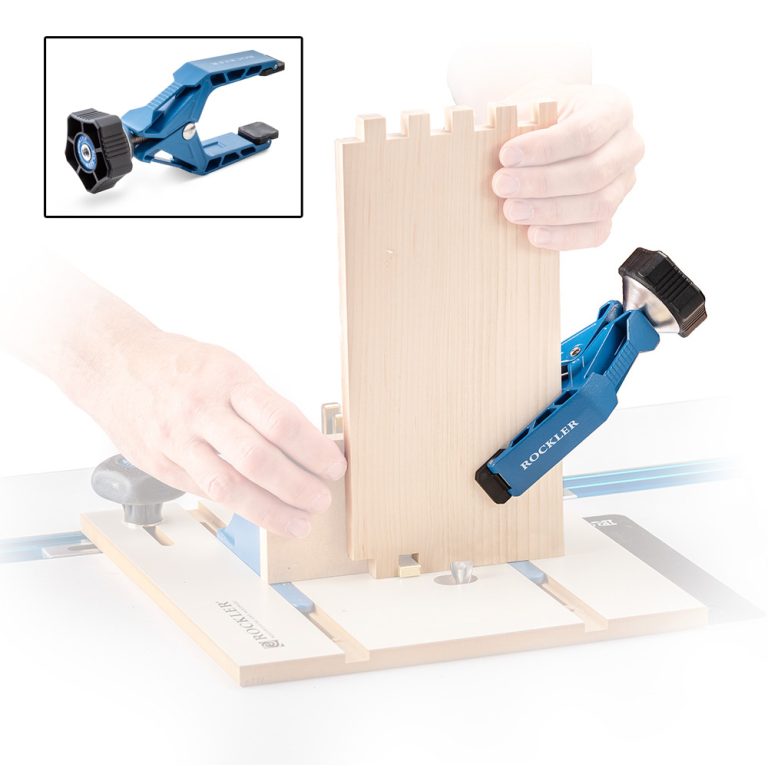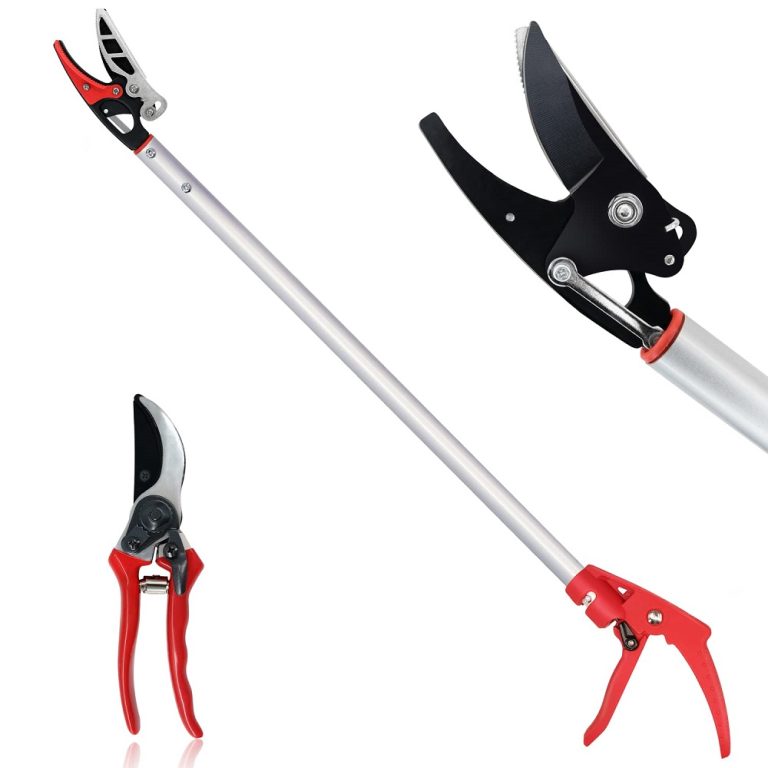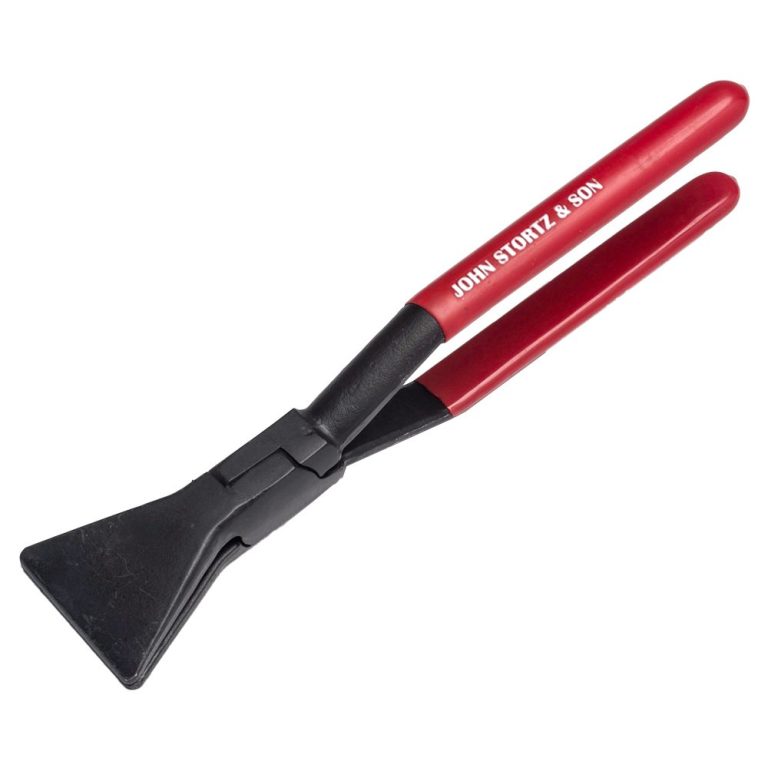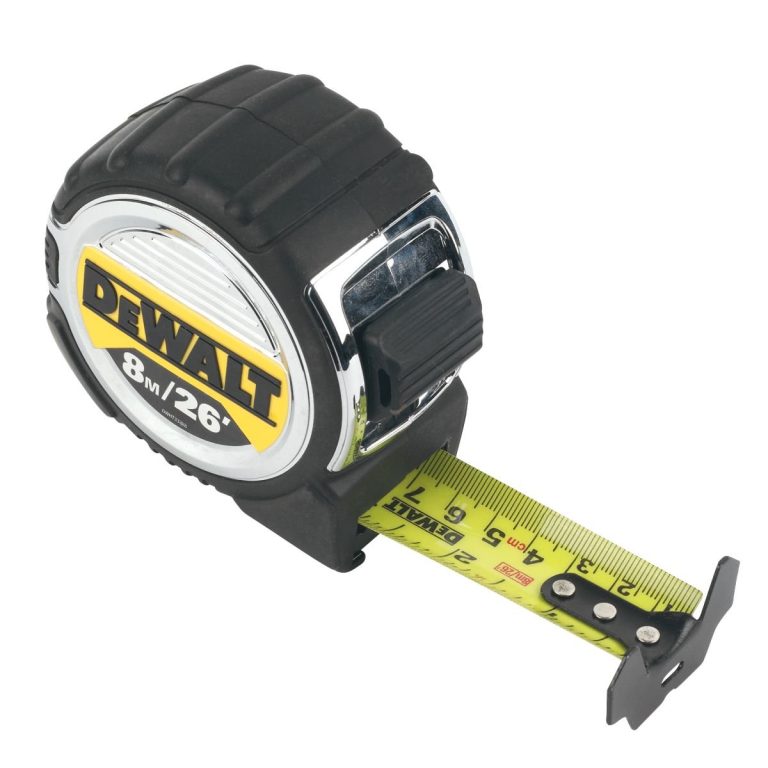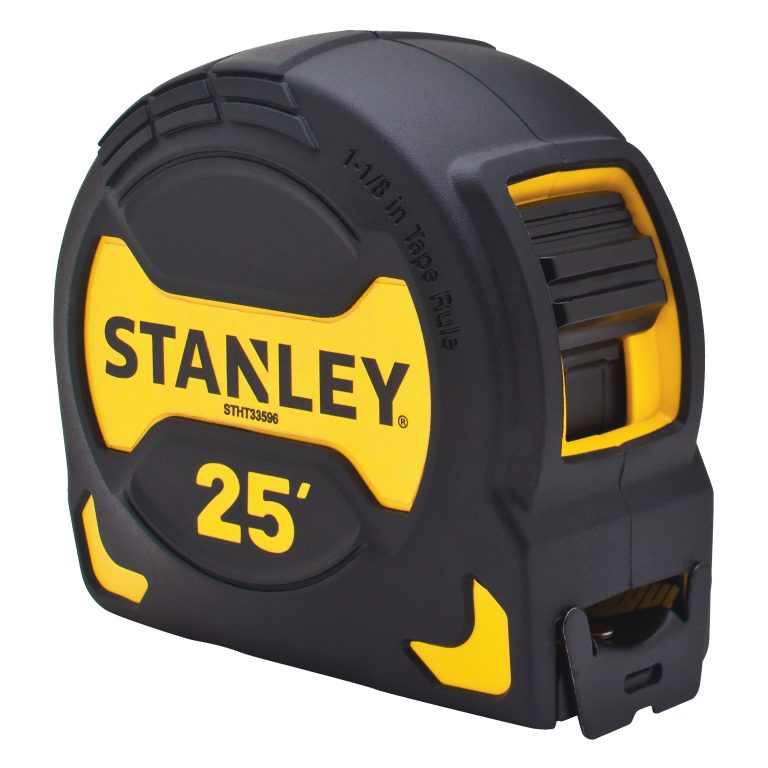When it comes to precision in measurements, a tape measure is an indispensable tool for professionals and DIY enthusiasts alike. Among the various markings and numbers on a tape measure, 375 on a tape measure stands out as a crucial reference point. Whether you’re a carpenter, tailor, or hobbyist, understanding what 375 on a tape measure signifies can enhance your accuracy and efficiency in various projects. In this detailed guide, we will explore the importance of the number 375 on tape measures, how to utilize it effectively, and the different contexts in which it plays a pivotal role.
 The Basics of Tape Measures and Number Markings
The Basics of Tape Measures and Number Markings
Tape measures are fundamental tools used in numerous fields, from construction and woodworking to sewing and crafting. Each tape measure comes with a series of numbers and markings that indicate measurements in both metric and imperial units. The number 375 on tape measures often refers to a specific measurement or a unique feature embedded within the tool. Understanding these markings is essential for achieving precise measurements and ensuring the success of your projects.
What Does 375 Represent on a Tape Measure?
The number 375 on a tape measure can have multiple interpretations based on the context in which it’s used. Primarily, it signifies a measurement of 375 units, which could be millimeters, centimeters, or inches, depending on the tape measure’s unit system. Additionally, in some specialized tape measures, 375 on tape measures might indicate a model number, a specific feature, or a durability rating. Recognizing the exact meaning requires an understanding of the tape measure’s specifications and intended use.
Importance of Accurate Measurements
Accurate measurements are the backbone of any successful project. Whether you’re constructing a piece of furniture, tailoring garments, or engaging in intricate crafts, precision ensures that all components fit perfectly and function as intended. The number 375 on a tape measure plays a crucial role by providing a clear reference point that helps in maintaining consistency and accuracy throughout your work. By leveraging this specific measurement, you can streamline your processes and reduce the risk of errors.
Practical Applications of Tape Measure
Understanding how to apply the number 375 on a tape measure can significantly impact the quality and efficiency of your projects. Here are some practical scenarios where this measurement proves invaluable.
Carpentry and Construction
In carpentry and construction, precise measurements are essential for cutting materials to the correct size and ensuring that structures are built to last. When using a tape measure with 375 on tape measures, carpenters can quickly reference this point for standard measurements needed in framing, roofing, or flooring.
Example: Framing a Room
When framing a room, the distance between studs and the placement of joists are critical. Utilizing the 375 on a tape measure can help in marking intervals accurately, ensuring that each piece fits seamlessly. This reduces material waste and enhances the structural integrity of the build.
Tailoring and Fashion Design
In the world of tailoring and fashion design, measurements dictate the fit and comfort of garments. A tape measure marked with 375 on tape measures can be used to measure larger dimensions, such as waist size, hip circumference, or the length of a garment.
Example: Creating a Custom Dress
When designing a custom dress, a size 375 measurement might correspond to the total fabric length required for the skirt portion. By accurately measuring using this reference point, designers can ensure that the dress fits perfectly and moves comfortably with the wearer.
Home Improvement and DIY Projects
Home improvement projects often require precise measurements to fit fixtures, appliances, and fittings correctly. The 375 on a tape measure can be a key marker when planning and executing tasks such as installing cabinetry, shelving, or mounting televisions.
Example: Installing Shelves
When installing shelves in a living room or kitchen, the 375 measurement can help determine the optimal height and spacing between shelves. This ensures that items placed on the shelves are easily accessible and aesthetically pleasing.
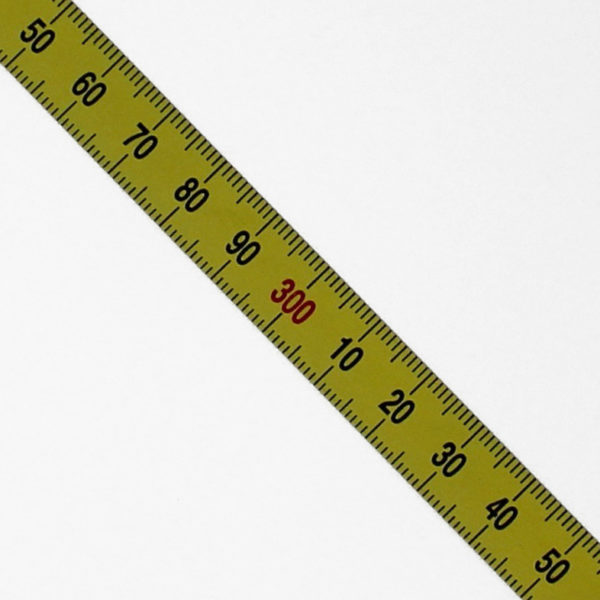 Choosing the Right Tape Measure with 375 Marking
Choosing the Right Tape Measure with 375 Marking
Selecting a tape measure that prominently features 375 on a tape measure involves considering various factors to ensure it meets your specific needs. Here’s what to look for when choosing the perfect tape measure.
Material and Durability
The material of the tape measure plays a significant role in its durability and longevity. Opt for tape measures made from high-quality materials such as stainless steel or durable fiberglass that can withstand regular use and harsh conditions.
Example: Fiberglass vs. Steel Tape Measures
While steel tape measures are robust and resistant to wear and tear, fiberglass tapes are lighter and more flexible, making them ideal for intricate measurements. Depending on the application of the 375 on a tape measure, choose a material that offers the best balance between durability and usability.
Length and Flexibility
The length of the tape measure is another critical factor. Ensure that the tape measure you select includes the 375 on a tape measure marking within its range, whether it’s 10 feet, 25 feet, or longer. Additionally, flexibility is important for measuring around curves or irregular shapes.
Example: Compact vs. Extended Tape Measures
Compact tape measures are easier to carry and store, making them suitable for everyday tasks, while extended tape measures provide a broader range for larger projects. Assess the typical measurement needs of your projects to determine the appropriate length for a tape measure featuring 375 on tape measures.
Ease of Use and Readability
A clear and easy-to-read tape measure enhances accuracy and efficiency. Look for tape measures with large, bold numbers and clear markings. The presence of 375 on a tape measure should be prominently displayed to aid quick reference during use.
Example: Dual-Scale Tape Measures
Dual-scale tape measures, featuring both metric and imperial units, increase versatility and convenience. If your work demands switching between measurement systems, a tape measure with both centimeters and inches, including the 375 on a tape measure marking, can be highly beneficial.
Maintenance and Care for Your Tape Measure
To ensure that the 375 on a tape measure remains accurate and the tape measure functions optimally, proper maintenance is essential. Here are some tips for maintaining your tape measure.
Cleaning the Tape Measure
Regular cleaning of the tape measure prevents dirt and debris from affecting its performance. Use a damp cloth to wipe the tape and casing, removing any grime that might accumulate during use.
Example: Cleaning After Heavy Use
After extensive use, particularly in construction or woodworking, clean the tape measure to remove sawdust, cement, or other residues. This practice not only maintains accuracy but also prolongs the life of the 375 on a tape measure marking.
Storing the Tape Measure Properly
Proper storage safeguards your tape measure from damage and ensures its longevity. Always retract the tape fully before storing and avoid leaving it in extreme temperatures or moisture-prone areas.
Example: Using a Protective Case
Storing the tape measure in a protective case or tool belt when not in use prevents accidental drops and impacts that could misalign the 375 on a tape measure marking or damage the tape.
Regular Calibration Checks
Periodically checking the accuracy of your tape measure is crucial, especially if you’re relying on the 375 on a tape measure for precise measurements. Compare your tape measure’s readings with a known standard to ensure they match.
Example: Verifying with a Ruler
Use a sturdy, fixed ruler to measure a known distance and compare it with your tape measure. This simple step helps maintain the integrity of the 375 on a tape measure marking and the overall accuracy of your tool.
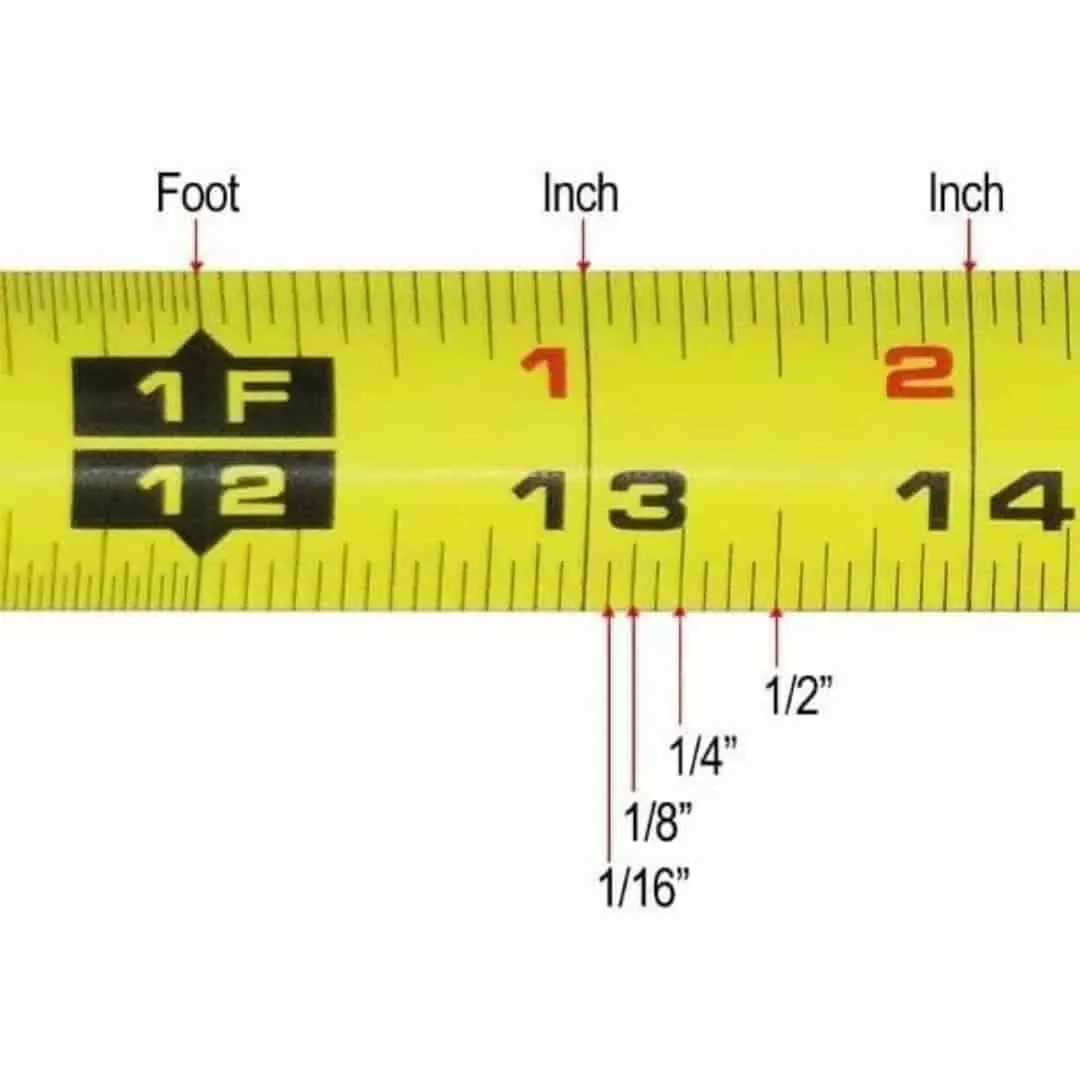 Innovative Uses of Tape Measure
Innovative Uses of Tape Measure
The versatility of a tape measure goes beyond simple length measurements. Here are some innovative ways to utilize the 375 on a tape measure in various projects.
Leveling and Alignment
Accurate leveling and alignment are critical in many tasks, such as hanging pictures, installing shelves, or assembling furniture. The 375 on a tape measure can serve as a reference point to ensure symmetry and balance.
Example: Hanging Heavy Art Pieces
When hanging large or heavy artwork, use the 375 measurement to mark the exact spot for nails or screws. This ensures that the artwork is perfectly centered and balanced on the wall.
Crafting and DIY Projects
In crafting, precise measurements are essential for cutting materials to the correct size. The 375 on a tape measure can help in creating templates, patterns, or custom-sized components for various DIY projects.
Example: Building a Custom Frame
When building a custom frame, utilize the 375 measurement to determine the dimensions of the frame sides. This ensures that the frame pieces fit together seamlessly, resulting in a professional and polished final product.
Gardening and Landscaping
Even in gardening and landscaping, precise measurements can make a significant difference. The 375 on a tape measure can be used to measure planting distances, garden bed dimensions, or the placement of landscape features.
Example: Designing a Garden Path
Use the 375 measurement to plan the length and layout of a garden path. Accurate measurements ensure that the path fits well within the designated space and aligns with other garden elements.
Top Tape Measures Featuring 375 Marking
Not all tape measures are created equal, and selecting one with a 375 on a tape measure feature involves considering various top brands and models that offer precision and durability.
Stanley FatMax Tape Measure
Stanley is a trusted name in the tool industry, and the FatMax series is renowned for its durability and accuracy. Many Stanley tape measures include a 375 on a tape measure marking as part of their comprehensive measurement scale.
Key Features
- Durable Construction: Made with high-tensile steel for longevity.
- Easy-to-Read Markings: Large, bold numbers ensure clear visibility.
- Standout Hook: Allows for easy one-handed measurements without slipping.
Why Choose Stanley FatMax
Professionals favor Stanley FatMax tape measures for their reliability and robust design. The presence of 375 on a tape measure makes it easier to reference specific measurements quickly, enhancing workflow efficiency.
Komelon SL2825 Self Lock 25-Foot Power Tape
Komelon offers a range of tape measures that cater to both amateur and professional users. The SL2825 Self Lock 25-Foot Power Tape includes a 375 on a tape measure marking, ensuring precise and easy measurements.
Key Features
- Self-Locking Mechanism: Provides convenience and safety during use.
- Metal Housing: Protects the tape from damage and wear.
- Comfort Grip: Ensures a secure hold for accurate measurements.
Why Choose Komelon SL2825
The Komelon SL2825 is an excellent choice for those seeking a tape measure that combines functionality with ease of use. The 375 on a tape measure marking is prominently displayed, aiding in quick and accurate measurements.
Milwaukee Magnetic Tape Measure
Milwaukee’s magnetic tape measures are designed for enhanced functionality and precision. Featuring a 375 on a tape measure marking, these tapes are ideal for a wide range of applications.
Key Features
- Magnetic Hook: Ensures the tape stays in place for accurate readings.
- Rubber Guard: Protects the tape from environmental factors.
- Double Coated Blade: Increases durability and lifespan.
Why Choose Milwaukee Magnetic Tape Measure
Milwaukee tape measures are favored for their innovative features and sturdy build. The inclusion of 375 on a tape measure provides an essential reference point that enhances measurement accuracy in various tasks.
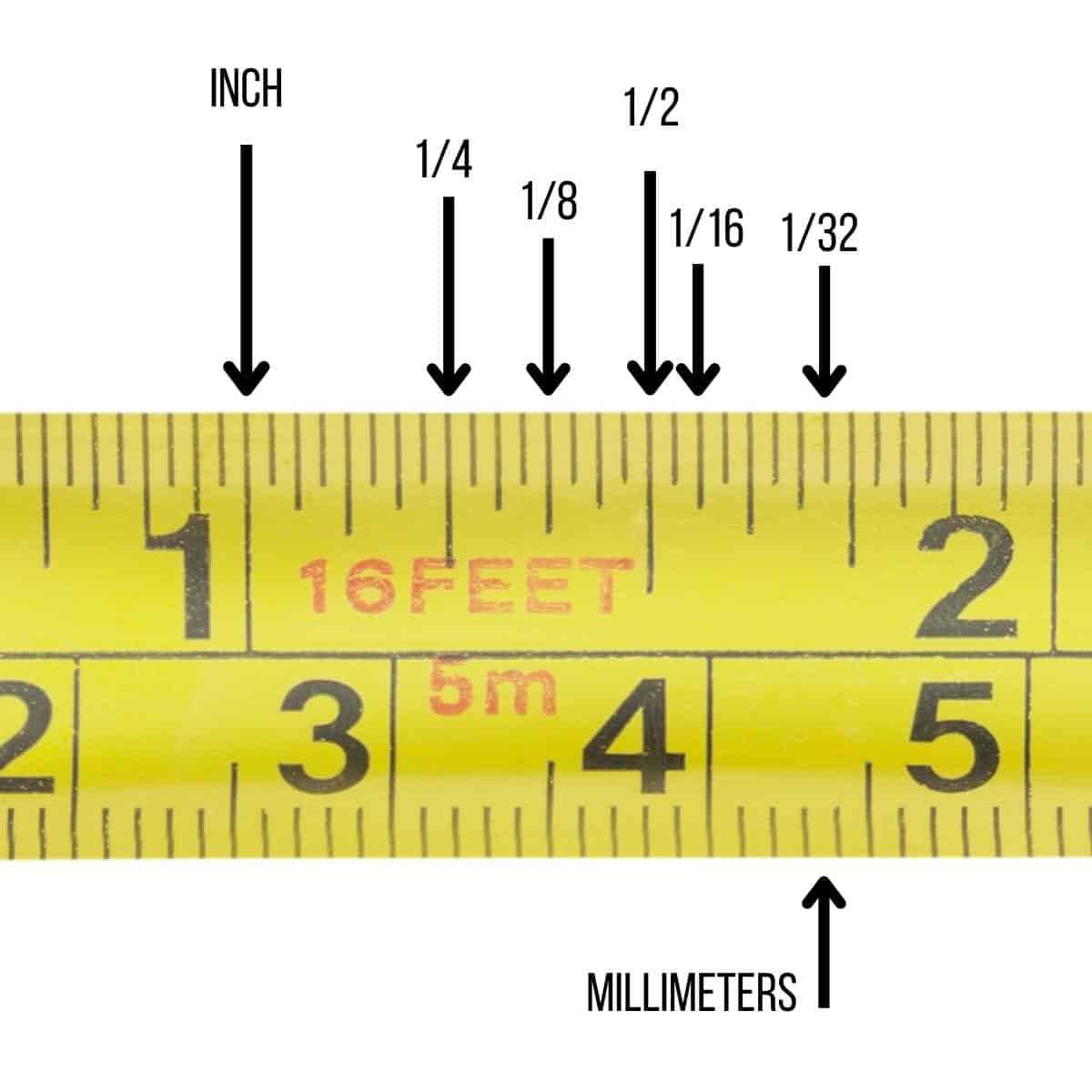 Frequently Asked Questions
Frequently Asked Questions
To further clarify the significance of 375 on a tape measure, here are some frequently asked questions and their answers.
What Units Does 375 Represent on a Tape Measure?
The units represented by 375 on a tape measure depend on the tape’s measurement system. It could signify 375 millimeters, centimeters, or inches, depending on whether the tape uses the metric or imperial system.
How Do I Use the 375 Measurement in My Projects?
Using the 375 measurement involves identifying the specific reference point on your tape measure and applying it to your project needs. Whether you’re measuring for distance, size, or placement, leveraging this marking helps maintain accuracy and consistency.
Is a Tape Measure with 375 Marking Suitable for All Projects?
A tape measure featuring 375 on a tape measure is versatile and can be used across various projects. However, the suitability depends on the project’s measurement requirements and whether the units align with your specific needs.
Can I Calibrate My Tape Measure to Highlight 375?
Most tape measures come pre-marked with standard measurements, including 375. However, if you need a specific calibration, you can mark additional measurements or use reference points during your work to ensure precision.
Where Can I Purchase a Tape Measure with 375 Marking?
Tape measures featuring 375 on a tape measure can be purchased from major tool retailers, hardware stores, and online platforms. Brands like Stanley, Komelon, and Milwaukee offer reliable options that include this important measurement.
Tips for Maximizing the Use
To fully utilize the 375 on a tape measure, consider the following tips that enhance your measurement accuracy and project efficiency.
Integrate Digital Tools
While traditional tape measures are highly effective, integrating digital tools can provide additional precision. Digital tape measures that display the 375 on tape measures electronically can simplify measurements and reduce errors.
Example: Using a Digital Readout
A digital tape measure with a clear display of the 375 measurement allows for quick readings without the need to interpret markings visually, saving time and increasing accuracy.
Combine with Other Measurement Tools
For complex projects, combining your tape measure with other tools like laser measures or rulers can provide comprehensive measurement solutions. The 375 on tape measures can complement these tools by offering a baseline reference point.
Example: Laser Level Integration
Using a laser level alongside a tape measure with 375 ensures that both horizontal and vertical measurements are accurate, leading to better alignment and structural integrity in construction projects.
Practice Consistent Measuring Techniques
Developing consistent measuring techniques ensures that the 375 on tape measures is utilized effectively. Always start measuring from the same reference point and maintain a steady hand to avoid inaccuracies.
Example: Starting from Zero
Ensure that you begin your measurement from the true zero point of the tape measure. Misalignment at the start can lead to cumulative errors, especially when using significant reference points like the 375 marking.
Utilize Reference Points for Repetitive Measurements
When working on projects that require multiple measurements of the same size, use the 375 on tape measures as a reference point to streamline your workflow and maintain consistency.
Example: Repeating Cuts in Carpentry
In carpentry, making multiple cuts of the same length can be made more efficient by marking the 375 measurement on your tape measure and using it as a quick reference for each cut.
Common Mistakes to Avoid When Using 375 on a Tape Measure
To ensure that you fully benefit from the 375 on tape measures, avoid these common mistakes that can compromise measurement accuracy.
Misreading the Tape Measure
One of the most frequent errors is misreading the tape measure. Ensure you clearly understand what the 375 measurement represents and double-check your readings to avoid mistakes.
Example: Confusing Units
Be aware of the units being used on your tape measure. Confusing millimeters with centimeters or inches can lead to significant errors, especially when the 375 measurement is critical to the project.
Overlooking the Tape’s Condition
A worn or damaged tape measure can lead to inaccurate measurements. Regularly inspect your tape measure to ensure the 375 marking and other measurements are clear and free from damage.
Example: Faded Numbers
If the numbers on your tape measure start to fade, it can be challenging to read the 375 marking correctly. Consider replacing the tape measure or applying a protective coating to enhance visibility.
Not Using Proper Holding Techniques
Improper holding techniques can cause the tape measure to slip or stretch, leading to inaccurate measurements. Always hold the tape measure firmly and ensure it lays flat against the surface being measured.
Example: Avoiding Bending the Tape
Bending the tape measure can distort the 375 measurement and other key points. Keep the tape straight and taut to maintain accuracy during measurement.
The Evolution of Tape Measures and the Role of 375
Tape measures have evolved significantly over the years, with advancements in materials, design, and functionality. The inclusion of the 375 on a tape measure marking highlights how specific measurements have become integral to various industries and applications.
From Simple Tools to High-Tech Instruments
Initially, tape measures were basic tools with manual markings. Today, they incorporate advanced features like magnetic hooks, self-locking mechanisms, and digital displays, making the 375 measurement more accessible and accurate than ever before.
Example: Self-Locking Features
Self-locking tape measures automatically lock in place, ensuring that the 375 measurement and other key points remain stable for precise readings without the need for constant adjustments.
Specialized Tape Measures for Unique Needs
As different industries require tailored solutions, tape measures have diversified to meet these unique needs. The 375 on tape measures is an example of how specialized measurements cater to specific professional requirements.
Example: Tailor’s Tape Measures
Tailor’s tape measures, which often include fine gradations and additional markings like 375, are designed for precision in measuring fabric and garments, ensuring perfect fits and consistent sizing.
Sustainability and Innovation in Tape Measure Manufacturing
Modern tape measure manufacturers are focusing on sustainability and innovation, creating eco-friendly products that do not compromise on functionality. The 375 marking remains a staple in these advanced tools, demonstrating the blend of tradition and modernity.
Example: Recycled Materials
Some tape measures are now made from recycled materials, maintaining durability and accuracy while minimizing environmental impact. The 375 on a tape measure continues to be a key feature, reflecting its lasting importance in precision measurement.
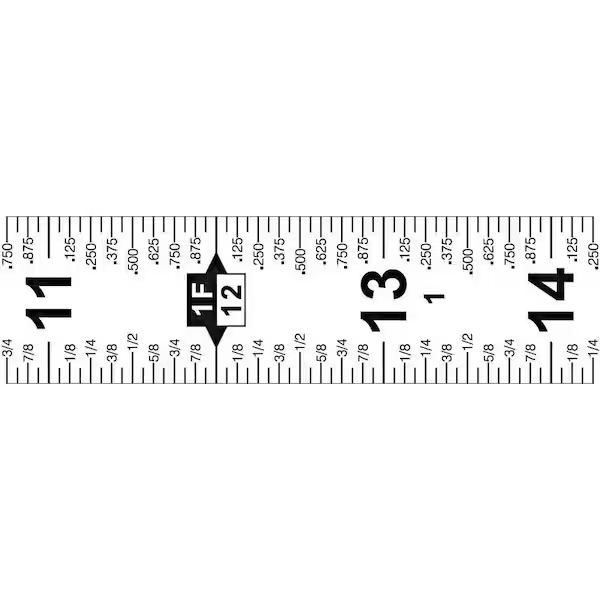 Conclusion
Conclusion
Understanding the significance of 375 on a tape measure is essential for anyone who relies on precise measurements in their work or hobbies. By recognizing how to effectively utilize this key marking, you can enhance the accuracy and efficiency of your projects, whether you’re in carpentry, tailoring, home improvement, or any other field requiring detailed measurements. Investing in a high-quality tape measure that features the 375 marking ensures you have a reliable tool that meets your measurement needs consistently. Embrace the detailed insights and practical applications discussed in this guide, and let the 375 on tape measures become your go-to reference point for achieving exceptional results in all your endeavors.
